11104 A PAIR OF BLACK GROUND POLYCHROME PAINTED MIRRORS WITH UNUSUAL ‘TURQUERIE’ AND CLASSICAL DECORATION Probably Sicily. First Quarter Of The Eighteenth Century. Measurements: Height: 41 1/2 (105.4 cm) Width: 34″ (86.4 cm).

Research
Of black lacquer with painted decoration and carved giltwood. Each with a later soft bevelled oval mirror plate within a cushion molded black lacquer frame with finely painted decoration depicting various classical figures and Chinese-style foliate and figural decoration, each frame with a band of carved giltwood foliate molding to the inner and outer edges.
Provenance:
Important Private Collection, São Paulo, the family originally of Sicilian descent.
Important Private Collection, Chicago
In the curious fusion of oriental subject matter with the classical, the decoration of these extraordinary mirrors is a most unusual example of early eclecticism. The exotic ornament is remarkable in displaying a full length beturbaned figure with his back turned squarely to the viewer.
The classical figures are painted with great bravura and represent the following subjects: On one, the right hand side of the frame bears the figure of Hercules slaying the Hydra, paired on the opposite side with a figure of Mars. Hercules seems close to the painting by Guido Reni in the early seventeenth century which was broadly disseminated by engravings and prints (figure 1), whereas the rendering of Mars is especially close to an engraving by Crispijn de Passe the Elder which is dated 1659 (figure 2). On the bottom most point of the mirror is Flora and on the opposite is a rendering of Cupid and Psyche.
On the other mirror, on either side of the frame is Pan chasing Syrinx, which is interestingly close to the painting by Peter Paul Rubens now in the British Royal Collection (figure 3). On the upper and lower points of the mirror we see Hercules again, but this time looking into a mirror, suggesting it is referring to the story of his emasculation by Omphale, who appears above him on the top edge of the frame, holding his club.
The origin of these mirrors is likely to be southern Italy or Sicily. Sicily is famed for its most unusual take on the decorative arts and architecture, such as the extraordinary Villa Palagonia in Bagheria, whose fantastic decoration makes it a definitive example peculiar southern Italian design. From 1734 the Kingdoms of Sicily and Naples were united under the rule of Charles de Bourbon (1716-1788), the future Charles III of Spain, who made the region a major cultural center. He built the Capodimonte Palace in Naples, and invited composers and philosophers to his court. The flourishing kingdom also developed a sophisticated luxury goods industry to supply its large and wealthy upper classes. Naples was a major port with a constant supply of goods arriving from the middle and far east, and the region had a succession of foreign rulers bringing with them new tastes and styles, influencing the production of and taste for such unusual pieces.
Sicily was also the ancestral home of the previous owners of these mirrors, a wealthy noble family who, like many Italians and Sicilians, settled in São Paulo, Brazil in the early 20th century.
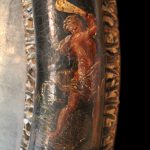
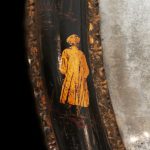





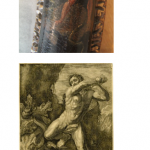
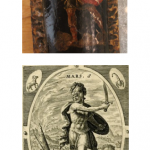
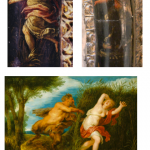

Comments are closed.